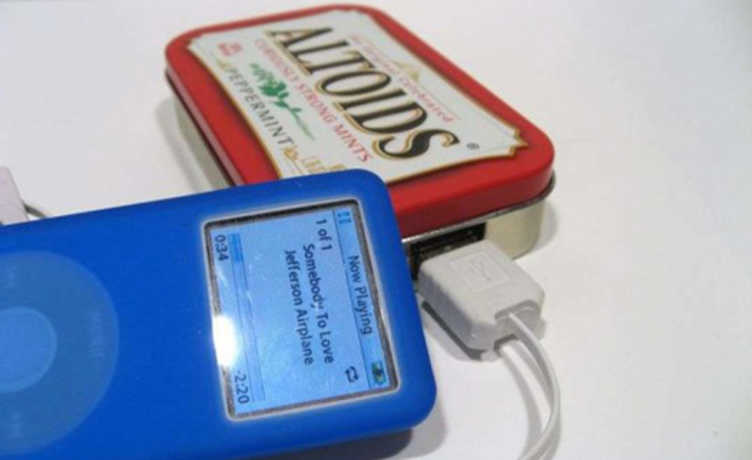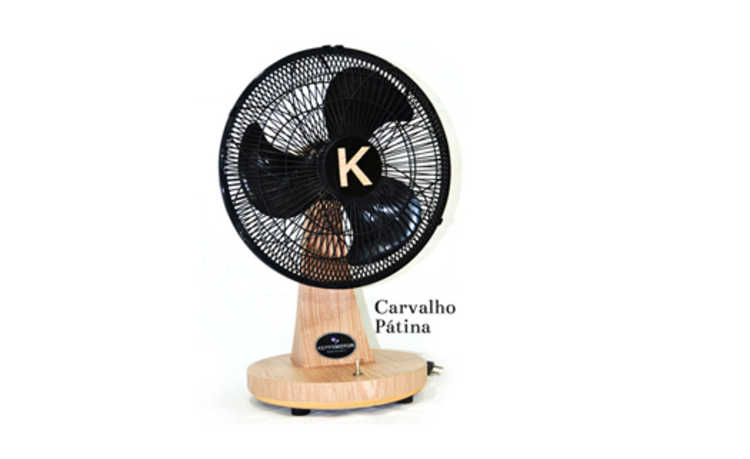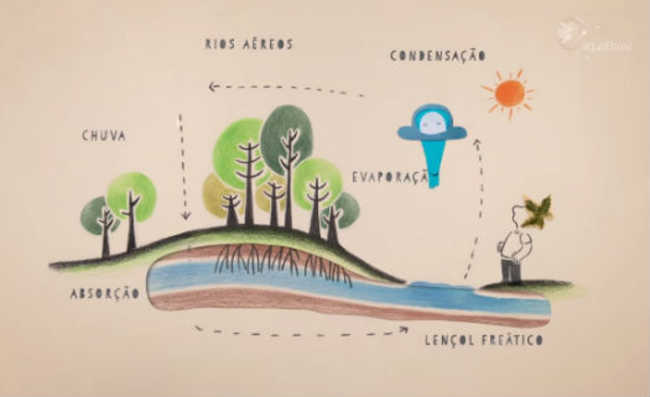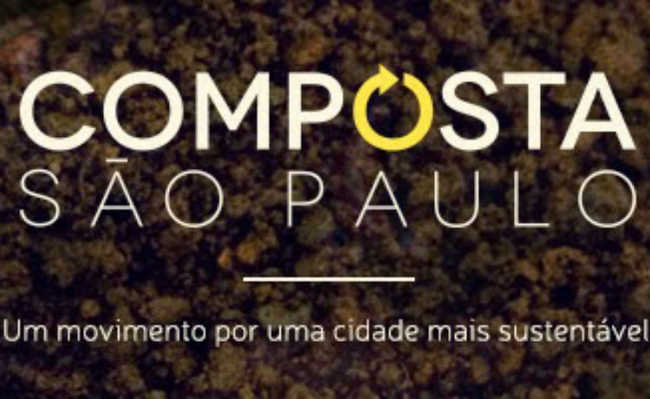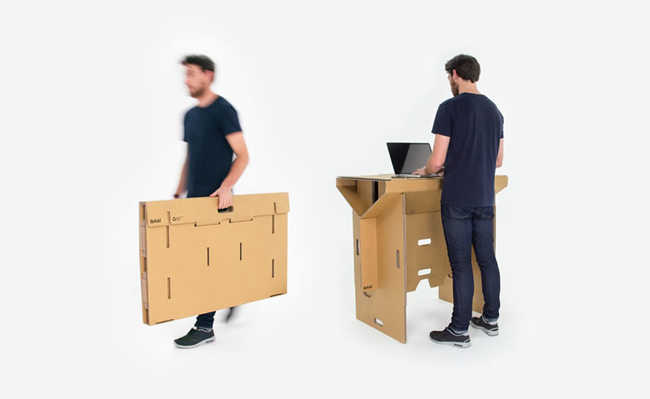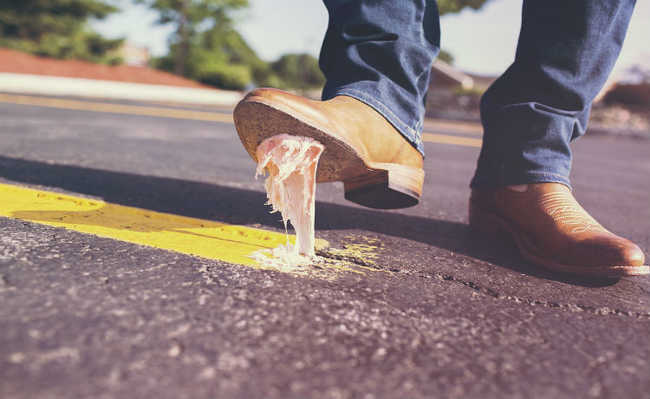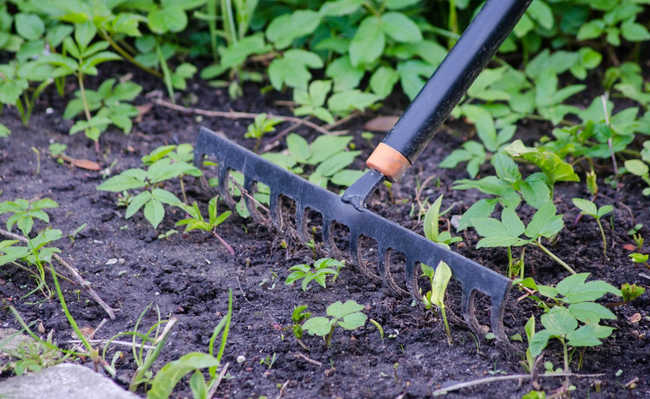Garbage bag: check the best packaging for your waste
Each type of waste requires a different garbage bag. Understand and collaborate for sustainable disposal

Congerdesign image by Pixabay
The garbage bag that you use on a daily basis as packaging for waste makes a difference in the final disposal of waste. That's because, when we pack the waste correctly, we facilitate its identification and proper destination. In addition, all the care we take with waste directly impacts the lives of collection and recycling workers. Therefore, before separating waste, we must sanitize it as sustainably as possible (preferably with reuse water) and provide safe transportation of waste that poses risks to the health of workers, such as syringes and broken glass. Understand why each type of waste requires different packaging and type of garbage bag:
- There are microplastics in salt, food, air and water
- Understand the environmental impact of plastic waste on the food chain
- Antibiotic dumped in nature generates superbugs, UN alert
Biodegradable waste
This waste category includes food waste such as vegetable peels, fruits, roots, vegetables and dried leaves, among other types of waste of plant origin. As they are biodegradable garbage, the ideal is that food remains are packed in a biodegradable garbage bag, to be destined for composting. In this mold, there are already garbage bags made of biodegradable plastic, for example the garbage bags made of green plastic, PLA plastic and starch plastic. There are also biodegradable plastics made of the oxo-biodegradable plastic type, but beware, avoid them. Understand why in the article: "Oxo-biodegradable plastic: environmental problem or solution?".
But have you ever thought about composting your biodegradable waste? It is much better to purchase a homemade composter than to pack organic waste in the biodegradable garbage bag. This is because homemade composting is a guarantee that the waste will be recycled, avoiding the production of greenhouse gases and having a rich organic compound as a final product. Understand more about this topic in the article: "What is compost and how to make it".
Non-Hazardous Recyclables
Wooden sticks, cardboard, plastic bottles, glass bottles, aluminum cans, recyclable plastic packaging, paper, among other recyclable items, can be packed in a recyclable or already recycled garbage bag. Recyclable items such as plastic have a long shelf life and, if packaged in biodegradable plastic, can be contaminated even before they are recycled, so avoid a biodegradable bag for this type of waste. But beware: if you are disposing of sharp items such as broken glass, nails and the like, pack them in strong recyclable material such as cardboard and leave it in clear writing that the material is sharp.
hazardous waste
Hazardous waste is those types of material that pose risks to public health and the environment, requiring special treatment and disposal as they are flammable, corrosive and/or reactive. In this category of waste are:
- Paint remains (they are flammable, can be toxic);
- Hospital supplies (may cause illness);
- Chemicals (may react with some other substance and cause fire or be corrosive);
- Fluorescent lamps (they contain mercury, heavy metal that contaminates the environment and bioaccumulates);
- Cells and batteries (have metals that can be corrosive, reactive and toxic).
Even if the city does the collection, hazardous waste cannot simply be placed in garbage bags and disposed of in common garbage. Once disposed of in landfills, dumps, tap water (in the case of latex paints) and soil, hazardous waste can cause irreversible damage to environmental and, consequently, human health.
Check out our materials to find out what is the best disposal for each type of waste:
- Know what to do with leftover paints, varnishes and solvents
- Hospital waste: what types and how to dispose of it
- Disposal of expired medications: how and where to dispose of them correctly
- How to dispose of bottles of detergents and cleaning products?
- How to dispose of solvents?
- Where to dispose of fluorescent lamps?
- How to dispose of batteries?
Non-recyclable non-hazardous
The recyclability or not of a material is relative. It all depends on the economic feasibility, the tools available at the time or the type of material. However, a lot of things are still not recyclable. In this category are, for example, toilet paper, greasy papers and napkins; metallized, waxed or plasticized papers; stickers; hang tags; masking tape; carbon paper; photographs; paper towel; disposable diapers or intimate pads; mirrors, steel sponges, ceramic objects, among others.
What can be done, in this case, is always to reduce the consumption of this type of item, replacing them with non-consumption or the consumption of something similar, but which is recyclable. When it is not possible not to consume non-recyclable materials, another alternative is to opt for reuse, and, only as a last resort, disposal. In the latter case, the ideal is to pack the waste in a non-biodegradable, recycled or recyclable garbage bag. Because plastic waste, for example, despite not being considered hazardous by legislation, can present risks to the environment and human health and, if packaged in a biodegradable garbage bag, can contaminate the environment sooner than if they were packed in garbage bags that take longer to decompose. This is the case for plastics that contain bisphenols. Understand the topic better in the article: "Know the types of bisphenol and their risks".
To correctly dispose of your waste, check which collection points are closest to your home in the free search engines at eCycle portal . Lighten your footprint.
If you use the city hall's disposal service, pay attention to the colors of the bags determined by the legislation of your city. To know at once the colors of selective collection, check out the article: "Colors of selective collection: recycling and its meanings".

